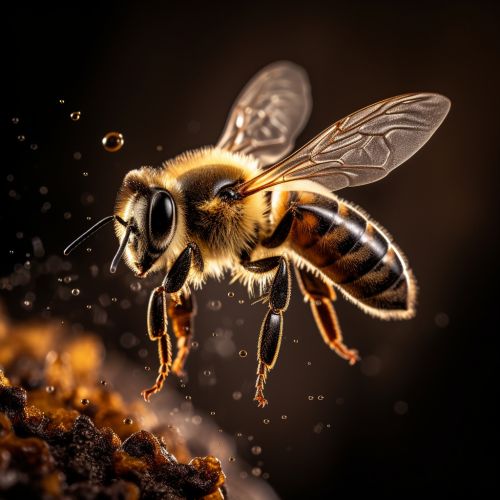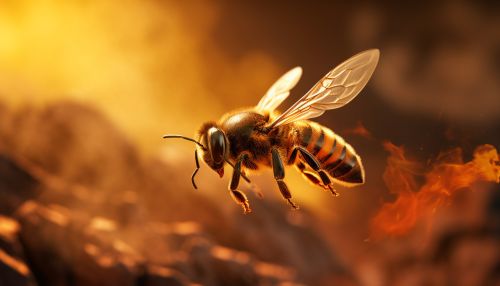Thermoregulation
Introduction
Thermoregulation is the ability of an organism to keep its body temperature within certain boundaries, even when the surrounding temperature is very different. This process is one aspect of homeostasis: a dynamic state of stability between an animal's internal environment and its external environment (the study of such processes in zoology has been called physiological ecology). If the body is unable to maintain a normal temperature and it increases significantly above normal, a condition known as hyperthermia occurs.

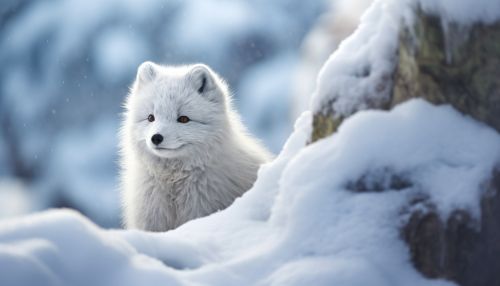
Types of Thermoregulation
Thermoregulation in organisms runs along a spectrum from endothermy to ectothermy. Endotherms create most of their heat via metabolic processes, and are colloquially referred to as warm-blooded. Ectotherms use external heat sources, and are colloquially referred to as cold-blooded.
Endothermy
Endothermic animals are those that primarily depend on internal generation of heat, such as birds and mammals. These animals often maintain a constant body temperature, allowing for high levels of activity, growth, and development.
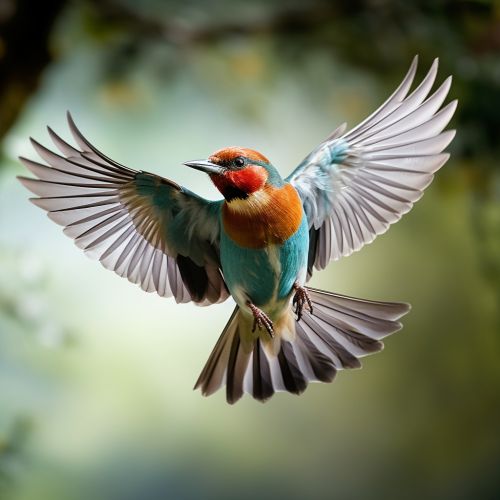

Ectothermy
Ectothermic animals are those that primarily depend on external heat sources, such as reptiles, fish, and amphibians. These animals often have a variable body temperature that depends on the environmental conditions.
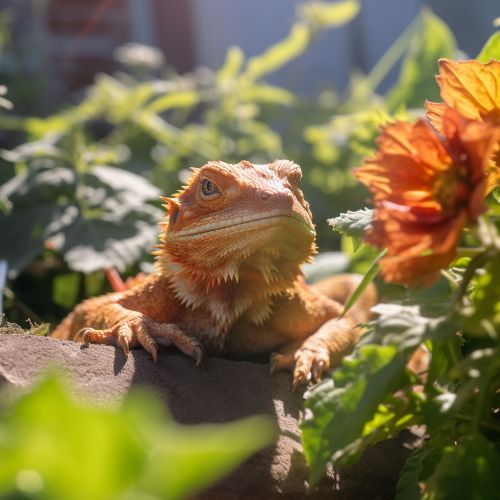
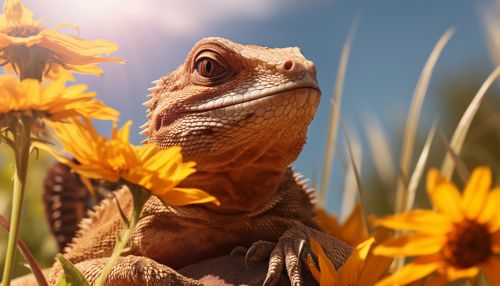
Mechanisms of Thermoregulation
Thermoregulation in both endotherms and ectotherms is controlled mainly by the preoptic area of the anterior hypothalamus. Here, information from peripheral thermoreceptors and central thermoreceptors is integrated to control the effectors of thermoregulation.
Behavioral Thermoregulation
Behavioral thermoregulation is the most basic form of thermoregulation, and it is primarily used by ectotherms. This involves the organism making changes to its behavior to adjust its temperature, such as moving into the sun or shade, or altering activity levels.


Physiological Thermoregulation
Physiological thermoregulation is more advanced and is primarily used by endotherms. This involves the organism making physiological changes to adjust its temperature, such as altering metabolic rate, or changing blood flow to the skin.


Thermoregulation in Humans
In humans, thermoregulation is an important aspect of homeostasis. The body primarily regulates temperature by losing heat through the skin and by evaporation of sweat. The body can also increase temperature by the heat generated by muscle contractions.


Thermoregulation in Other Animals
Different animals have various ways of regulating their body temperatures. For example, many birds and mammals use insulation, such as fur, feathers, or fat, to reduce heat loss. Some animals, such as bees, can generate heat by muscle activity.
